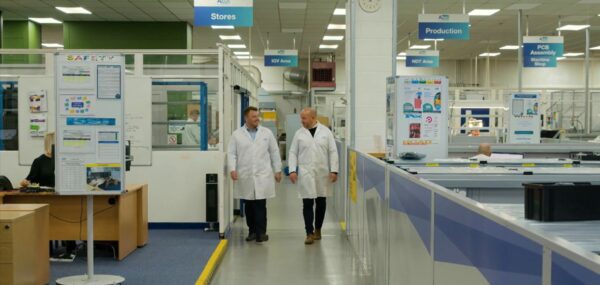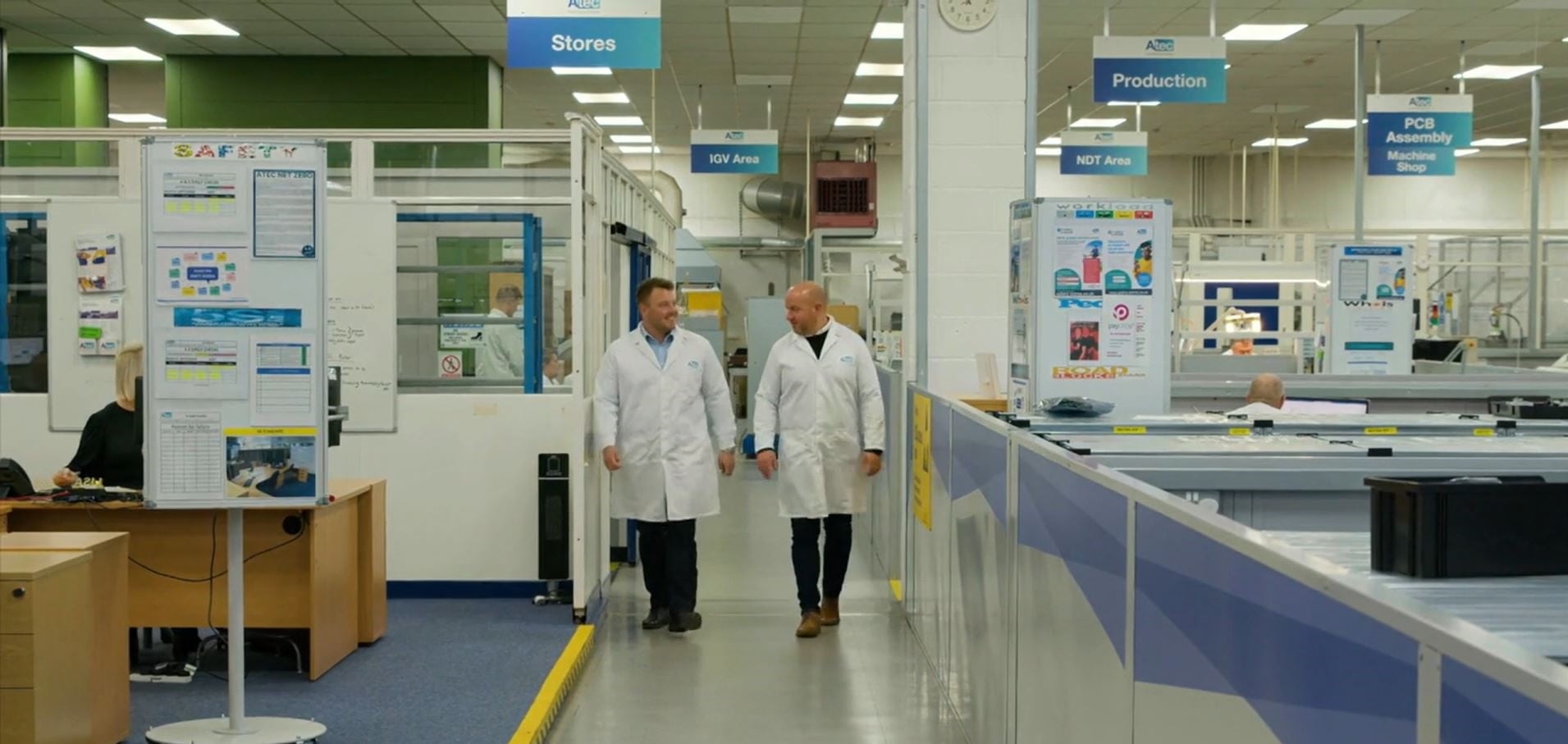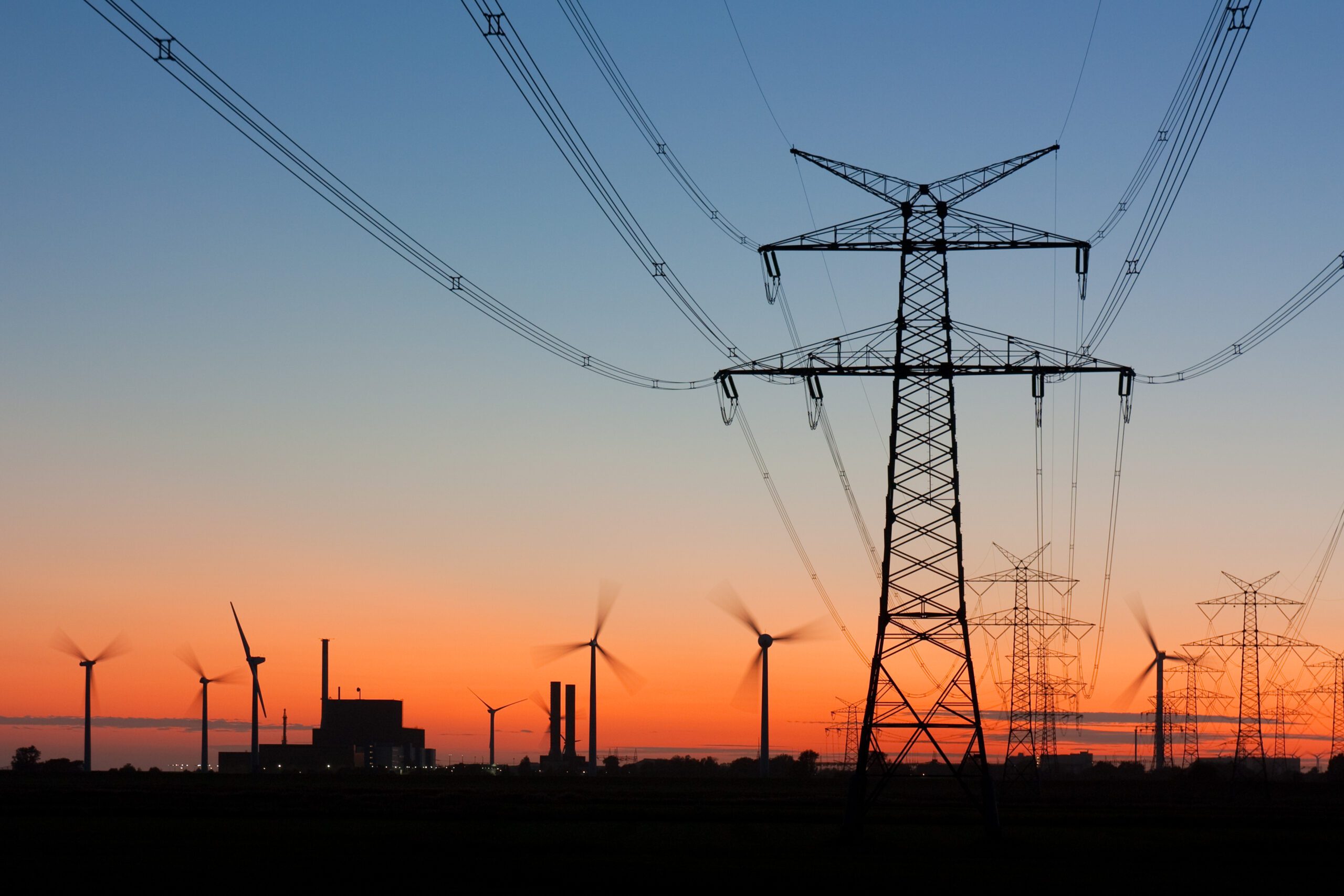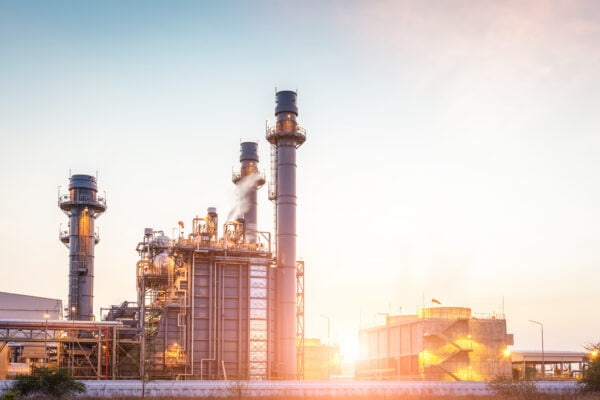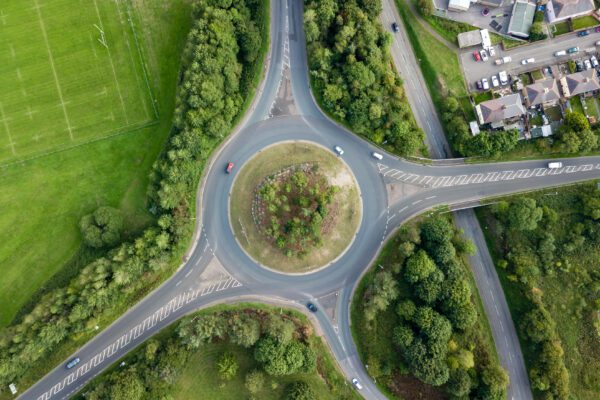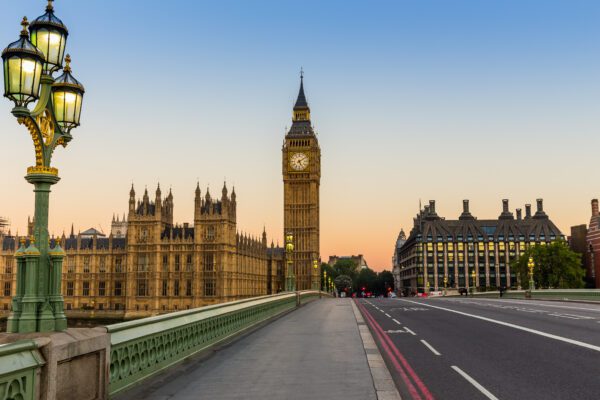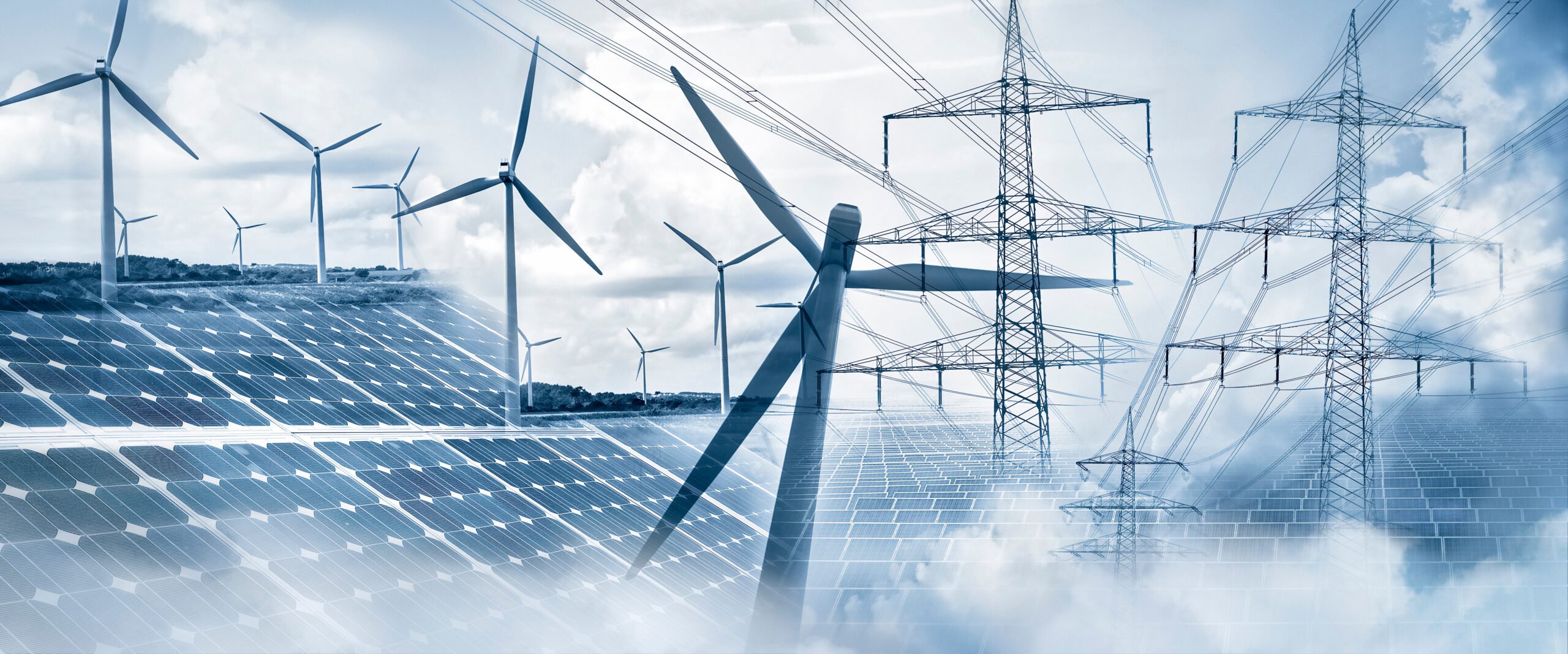
Find your flexibility now to support our transition to a cleaner energy future
New research by the Carbon Trust has revealed that a fully flexible energy system could cut the cost of the UK reaching net-zero by £16.7bn by 2050.
New research by the Carbon Trust has revealed that a fully flexible energy system could cut the cost of the UK reaching net-zero by £16.7bn by 2050. A study by Imperial College suggests that the UK will have to grow its wind generation capacity more than 10-fold by 2035 (from 10.4 GW to 108 GW) if it is to reach net-zero. The same report predicts that peak demand will grow more than three-fold in the same time, from 50 GW today to almost 150 GW, as space heating and electrification of transport are electrified. Achieving this level of growth in electricity demand from a system made up largely of wind, solar, and battery storage will require UK businesses to get to grips not only with how much energy they use, but also how and when they use it – so for organisations that are focused on sustainability, it’s time to start embracing greater flexibility.
Ofgem defines flexibility as, “modifying generation and/or consumption patterns in reaction to an external signal (such as a change in price) to provide a service within the energy system”. While not all businesses will be able to modify their generation or consumption patterns, many are already adopting flexibility – those that shift their consumption to avoid Triad periods in the winter, for example, are demonstrating that they can be flexible in their usage.
Why is flexibility so important?
As we transition towards net-zero, we’re going to become increasingly reliant on renewable energy, which can be intermittent. Electricity demand will also rise – in fact, it’s predicted to treble from 2019 levels by 2050 – as we will need to electrify areas that are currently powered by fossil fuels, such as transport and heat. This means that our current electricity infrastructure will need to expand and adapt in order to meet growing demand.
Upgrading our infrastructure will require a huge amount of investment, but if businesses can be flexible around when they use energy and how much energy they use, they can significantly reduce the level of investment required. If businesses can turn down or even supply electricity generated on-site back to the grid when demand is high, and shift their usage to periods of lower demand, they can help to limit the increase to our overall peak system demand. Reducing peak demand is not the only benefit to the system. Consuming electricity when electricity is cheap often means consuming it when it is abundant and easy to generate. This stimulates growth in renewables by allowing them to sell power when it is naturally available from the environment – which is both cheaper and cleaner, reducing further the need for fossil generation. By keeping the increase in electricity demand as low as possible, and consuming it when it is most abundantly available from renewable sources, businesses can reduce the costs of transforming our electricity infrastructure, as we won’t need to invest in as much new generation to ensure supply can always meet demand.
How can businesses be more flexible in their energy use?
Businesses can support our transition to net-zero by embracing flexibility in the following ways:
Shifting their usage to off-peak periods
Some businesses will be unable to adapt their operations to avoid periods of peak demand, such as between 4-7pm in the winter, when Triads typically occur. But businesses that can reduce their usage by any amount during periods of peak demand can help to reduce the constraints on the grid, making it easier for National Grid to balance supply and demand. As energy prices are at their highest during peak demand periods, businesses that can shift their consumption away from these times could also see a reduction in their energy bills.
Businesses should therefore consider how they can minimise their consumption at peak times, as there may be certain processes and assets that they can adjust for short periods of time without impacting their operations. Typically, areas such as air conditioning, refrigeration and lighting can be turned down without making a tangible difference to core business processes or to the comfort levels of the working environment.
Investing in on-site generation and storage
A growing number of businesses are installing energy generation assets on-site, from solar panels to combined heat and power (CHP) systems. Having the ability to generate their own energy enables these businesses to be more flexible in their use of grid energy, as when there’s high demand for grid energy, they can switch to energy generated on-site.
In fact, many organisations that have a generation asset on-site are now exploring energy storage, as by storing the energy generated by their asset they can be sure that they have energy reserves they can switch to during peak demand periods. Energy storage is particularly useful for owners of weather-dependent, renewable generation assets, such as solar panels. On overcast days, their solar panels may not generate enough energy to power their operations through the peak demand period, but if they have energy stored from sunny days, they can use this stored energy instead.
With generation assets and storage on-site, businesses should be able to reduce the amount of grid energy they use and ease grid constraints without having to turn down any of their assets or processes. They may also be able to reduce their energy costs, as they can switch to on-site generation when grid prices are at their highest. Having the ability to generate their own energy and store it on-site also boosts businesses’ energy resilience, as it gives them security of supply in the event of a grid power failure. On-site energy storage may also give some businesses the opportunity to sell their self-generated power to the grid at times of high system stress, or high market prices – which often coincide – providing extra revenue-earning opportunities.
Getting involved in demand side response
Whether they have on-site generation assets and energy storage capabilities, or they’re simply able to turn their consumption up or down when necessary (shifting it from one time to another), businesses that can be flexible in their usage may be able to get involved in demand side response schemes.
There are a range of different schemes available, each of which has different requirements from participating businesses. Frequency response, for example, is best for businesses that can adjust their consumption in seconds in the event that a large power station fails, or when millions of kettles get switched on at the end of Eastenders, which helps the grid to manage frequency fluctuations. Alternatively, businesses participating in Short Term Operating Reserve (STOR) or Fast Response will reduce their demand or turn their on-site generation on when instructed to do so by National Grid to help alleviate system problems.
As businesses are paid to participate in these schemes – under certain schemes, they receive ongoing payments even if they aren’t called upon to adjust their consumption – those that can meet the flexibility requirements can access new revenue streams through demand side response. This means that businesses can help reduce the cost of transforming our energy system while bringing in additional revenue for their business.
Are you ready to find your flexibility?
By being more flexible in your energy use, you can help to ease the transition to a low-carbon energy system – and you could also cut your energy costs, boost your resilience and access new revenue streams. So what are you waiting for? If you’re wondering how your business can embrace greater flexibility, talk to our experts today – call us on 01772 689 250 or email [email protected].


